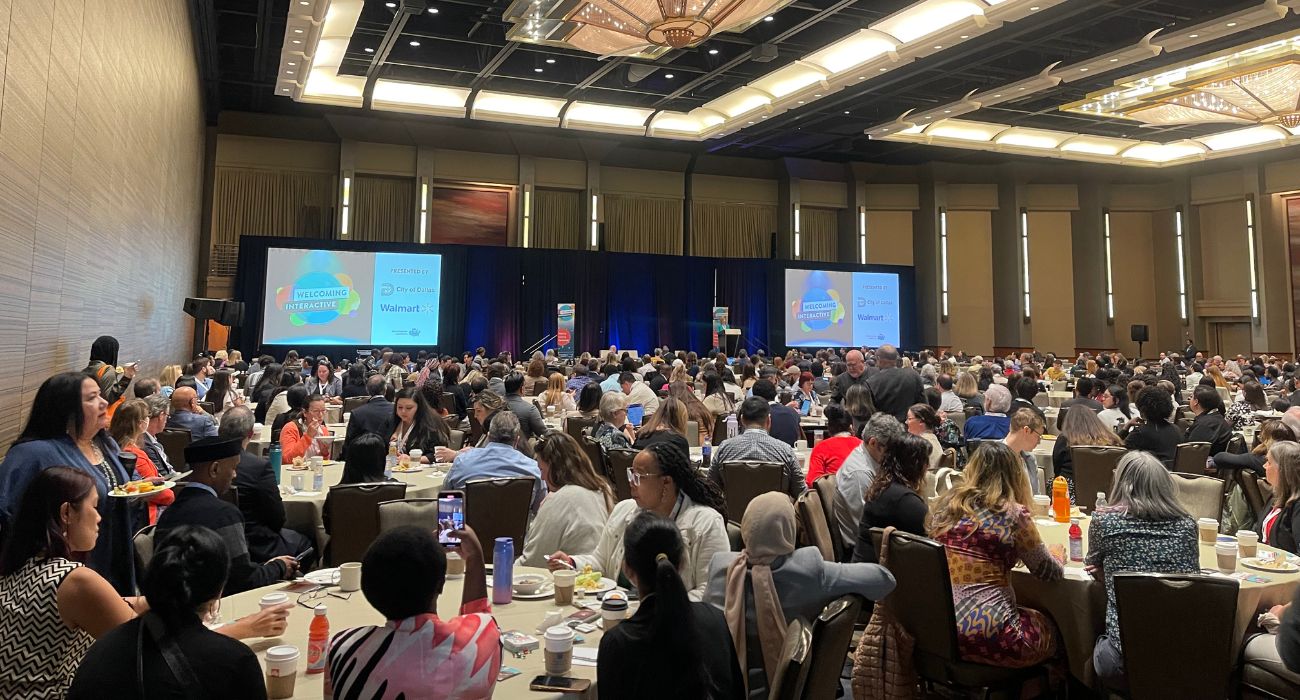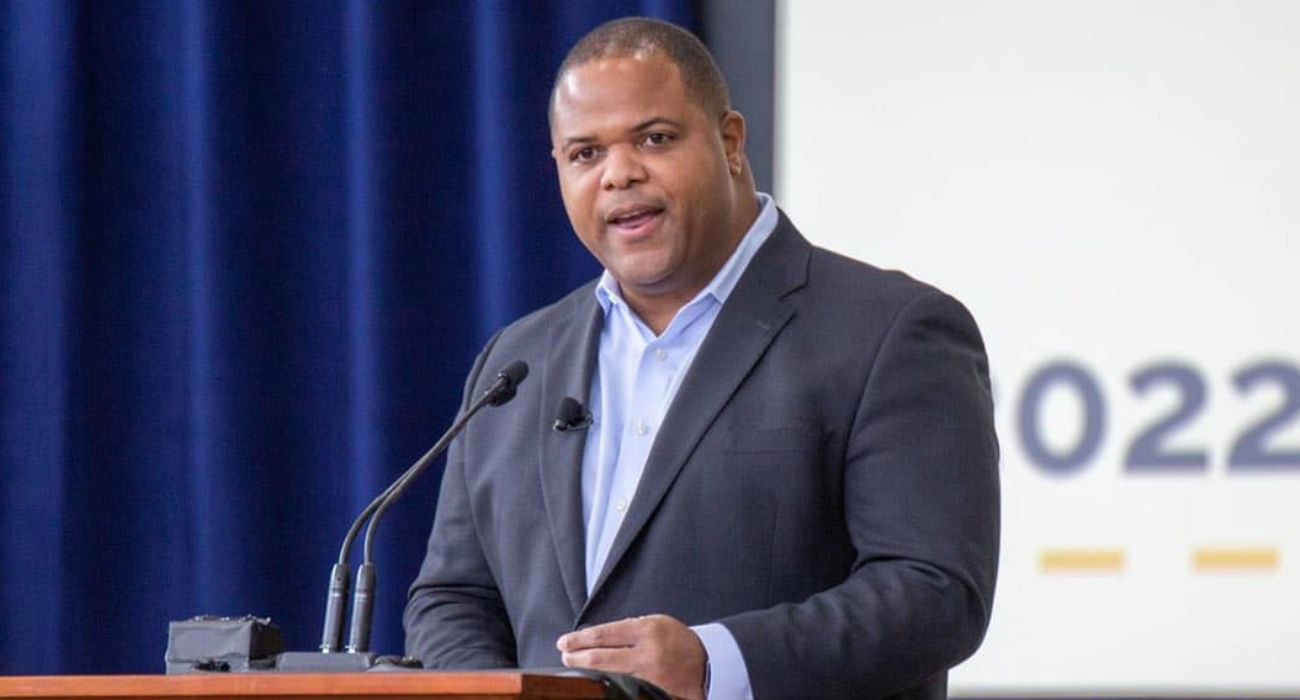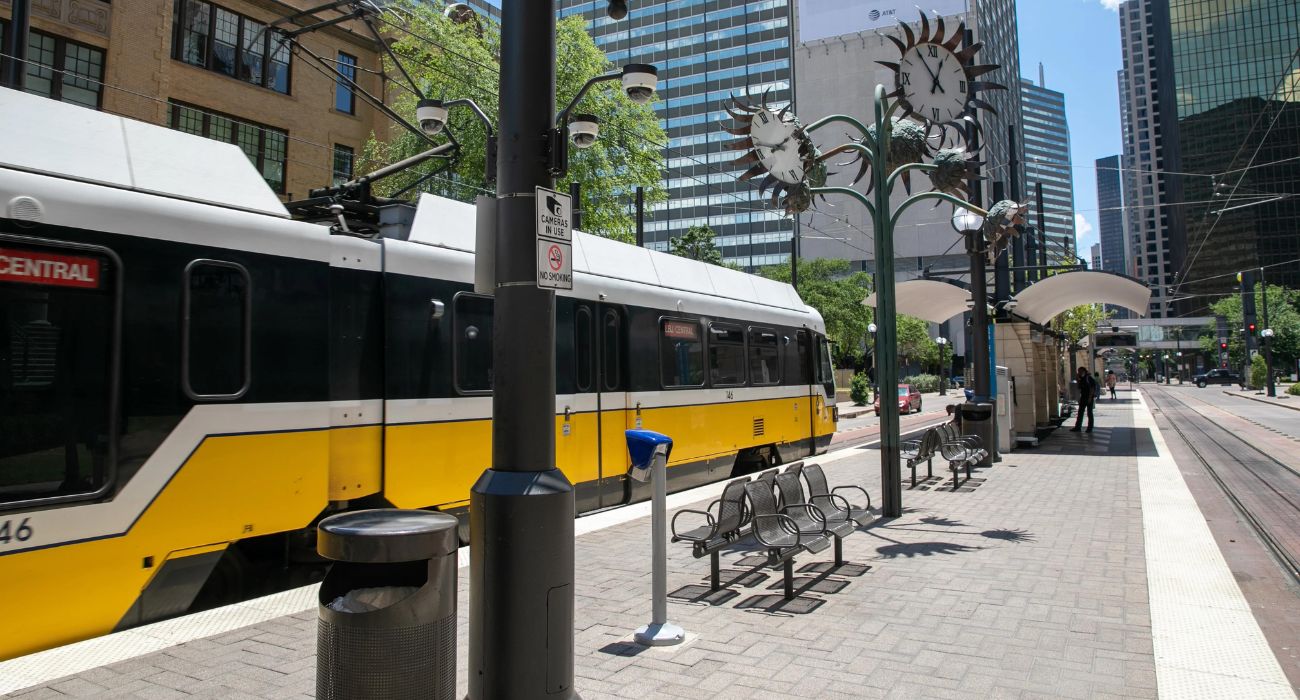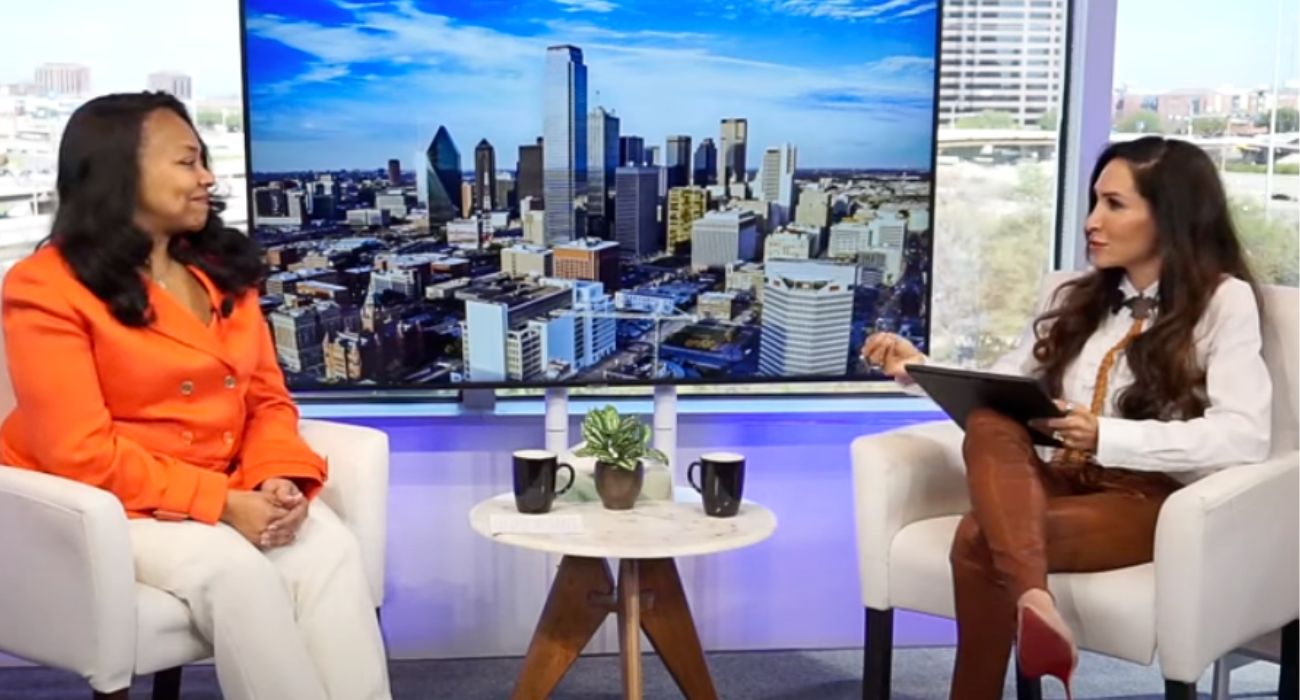Dallas City Council approved two new contracts during the year’s last council meeting as part of a new plan to shelter homeless people and vagrants during inclement winter weather.
The first contract is a one-year lease with Austin Street Center for approximately 20,000 square feet of space at 2929 Hickory St. The space would be used for offices, storage, training, and sheltering operations. It will cost city taxpayers $2.2 million and include two one-year renewal options.
The lease was initially intended to begin at the beginning of the new year. However, it was immediately put into effect Wednesday after a motion by Councilmember Paula Blackmon, who wanted the Office of Homeless Solutions (OHS) to “utilize it starting today.” She noted that inclement weather and below-freezing temperatures are due before January 1.
While this location will be used as an emergency shelter throughout the year, it will also serve as the base of operations and primary shelter during the winter when OHS activates Temporary Inclement Weather Shelter (TIWS). The details of the new TIWS plan have been previously reported by The Dallas Express.
The plan operates in three phases. Phase 1 designates Austin Street Center as the primary emergency shelter site, with Oak Lawn Methodist Church and Warren United Methodist Church providing supplemental shelter. When those three sites reach capacity, Phase 2 activates J. Erik Jonsson Central Library as an additional shelter.
When the library reaches capacity, Phase 3 will kick in and activate Fair Park as the new primary shelter. Per the TIWS plan, Phase 1 and 2 locations would then be evacuated, and those sheltering inside would be transported to Fair Park.
The second contract approved by the city council at its meeting Wednesday was a short-term use agreement with Fair Park for the TIWS scenarios. OHS staff have said that Fair Park should only be used as an inclement weather shelter in a “worst-case scenario.”
When presented before the Citizen Homelessness Commission last week, the two-year agreement was not supposed to exceed $468,000. However, when the resolution went before the city council, the cost to taxpayers had increased to $2.5 million.
Like the first contract, the agreement with Fair Park will begin immediately due to Blackmon’s motion.
During the council meeting, the City also approved a one-year service price agreement for “housing and service assistance to homeless young adults,” with an estimated cost to taxpayers of $265,000. The deal was made with CitySquare, a local nonprofit provider of “affordable housing.”
These resolutions constitute part of the City’s struggle against the “scourge of homelessness,” as Mayor Eric Johnson explained in the State of the City address.
Further complicating these efforts are the bands of armed activists that have prevented city employees from cleaning and sweeping the numerous homeless encampments that have overtaken public spaces. Partially responding to this difficulty, OHS recently deployed the new Homeless Action Response Team (H.A.R.T.), as reported in The Dallas Express.
The need to effectively address the issues of homelessness and vagrancy has been acutely felt by developing areas where some businesses have turned to private security due to security concerns, or even been pushed out.
As the problem proliferates, the City of Dallas has noted that providing money to panhandlers on the street enables them to remain vagrants, explaining, “Giving spare change without offering support could make matters worse,” instead suggesting people direct them to City services.







I used to be employed at the Bridge homeless shelter for many years. We were always at capacity not just in the winter, but year round. I always thought the old Dawson State Jail would be ideal for sheltering purposes. This would create many jobs, and could also serve as a permanent shelter. Many homeless individuals who receive housing don’t keep it because they can’t get used to that way of life. The streets are all they know, or they’d rather not have the responsibility. So then we are back to square one.